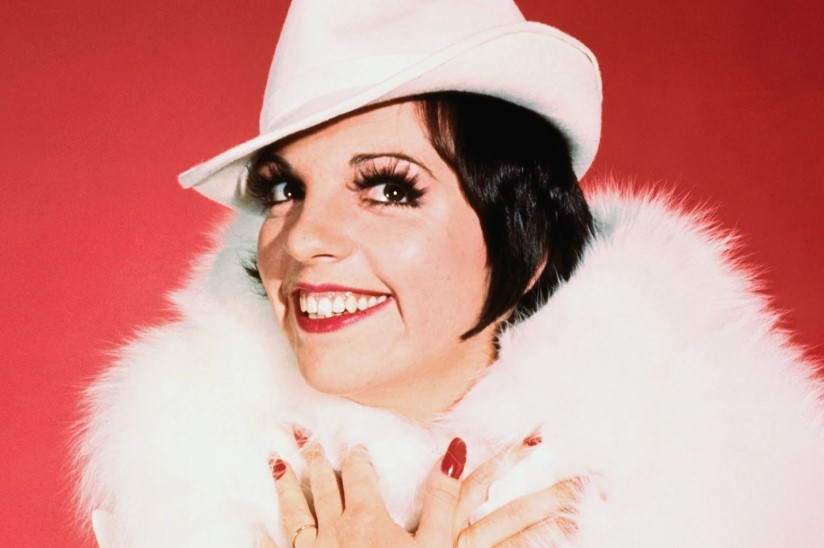In the realm of music, certain individuals transcend their roles as mere performers and become iconic figures whose influence extends far beyond the notes they play. John Lennon, a name synonymous with The Beatles and the 1960s counterculture, was not only a masterful musician but also an avid collector of guitars.

A Boy and His First Guitar

John Lennon's journey with guitars began in his childhood. Born in Liverpool on October 9, 1940, Lennon's first encounter with a guitar was an old banjo that his mother, Julia, taught him to play. This humble beginning sparked a lifelong love affair with the instrument. As a teenager, Lennon acquired his first proper guitar, a Gallotone Champion, setting the stage for his future as a rock 'n' roll revolutionary.
Birth of a Musician

In 1956, Lennon formed The Quarrymen, a skiffle group that would later evolve into The Beatles. During this period, Lennon's guitar collection expanded, reflecting the diverse musical influences that would shape his signature style. A crucial addition during this time was the Rickenbacker 325, a guitar that would become synonymous with Lennon's early sound. Its jangly tone and distinctive appearance made it an integral part of The Beatles' sonic palette.
From Rickenbacker to Gretsch

As The Beatles skyrocketed to global fame, so did Lennon's guitar collection. The Rickenbacker 325 was soon joined by other iconic instruments, such as the Gretsch 6120 Chet Atkins model. Lennon's use of the Gretsch during the recording of "A Hard Day's Night" and "Help!" contributed to the band's evolving sound, showcasing his versatility as a guitarist.
The Beatles' experimentation with different musical genres, from the psychedelic sounds of "Sgt. Pepper's Lonely Hearts Club Band" to the raw simplicity of "Let It Be," coincided with Lennon's exploration of diverse guitars. Instruments like the Epiphone Casino and the Gibson J-160E acoustic became staples in his collection, leaving an indelible mark on timeless tracks like "Revolution" and "Norwegian Wood."
Imagine the Sound

After The Beatles disbanded in 1970, Lennon continued to explore new musical territories in his solo career. His guitar collection continued to evolve, with the addition of the iconic Fender Stratocaster that he used during the "Plastic Ono Band" sessions. This guitar, immortalized in the hands of Lennon on the cover of "John Lennon/Plastic Ono Band," became a symbol of his introspective and raw approach to music.

The 1970s marked a period of self-discovery for Lennon, both personally and musically. His guitar collection expanded to include the Rickenbacker 325 (again), the Gibson Les Paul, and the Fender Telecaster. Each of these instruments played a role in shaping the sonic landscape of Lennon's solo albums, from the soul-searching "Imagine" to the politically charged "Some Time in New York City."
A Voice for Peace

Lennon's guitars not only echoed through the realms of music but also resonated with his activism. The "Bed-In for Peace" events, where Lennon and Yoko Ono used their honeymoon as a platform for promoting peace, featured guitars prominently. The Gibson J-160E acoustic, in particular, became a symbol of Lennon's commitment to using his voice for social change.
The profound connection between Lennon's guitars and his activism reached its zenith with the "Give Peace a Chance" recording, where he employed the Gibson J-160E and invited fellow musicians to join him in spreading a message of peace. The image of Lennon strumming his guitar, surrounded by like-minded individuals, became an enduring image of the peace movement.
Lennon's Custom Creations

Lennon's passion for guitars extended beyond stock models. He was known for customizing his instruments to suit his preferences and unique style. The psychedelic paint job on his "Rocky" Fender Stratocaster, created by Dutch artists Marijke Koger and Simon Posthuma, transformed the guitar into a visual representation of the era's psychedelic ethos.
Another notable custom creation was the "Revolution" Casino, an Epiphone Casino customized with a psychedelic paint job and Lennon's cartoon illustrations. These custom guitars not only reflected Lennon's artistic expression but also became valuable artifacts in the history of rock and roll.
The Enduring Sound of Lennon's Guitars

John Lennon's guitar collection, like the man himself, continues to captivate and inspire musicians and fans alike. His guitars have become revered artifacts, housed in museums and private collections, preserving the legacy of a man who used music as a force for change. Artists ranging from Noel Gallagher to Tom Petty have cited Lennon's influence on their own musical journeys, perpetuating the enduring sound of his guitars.
In conclusion, John Lennon's love for guitar collection was not merely a matter of amassing instruments; it was a journey of self-discovery, artistic expression, and a commitment to using music as a tool for positive change. Each guitar in Lennon's collection tells a story, not just of its make and model, but of the moments in history it witnessed and the melodies it helped create. As long as the chords of Lennon's guitars continue to resonate, his spirit and impact will endure, reminding us all that sometimes, all you need is love and a good guitar.



